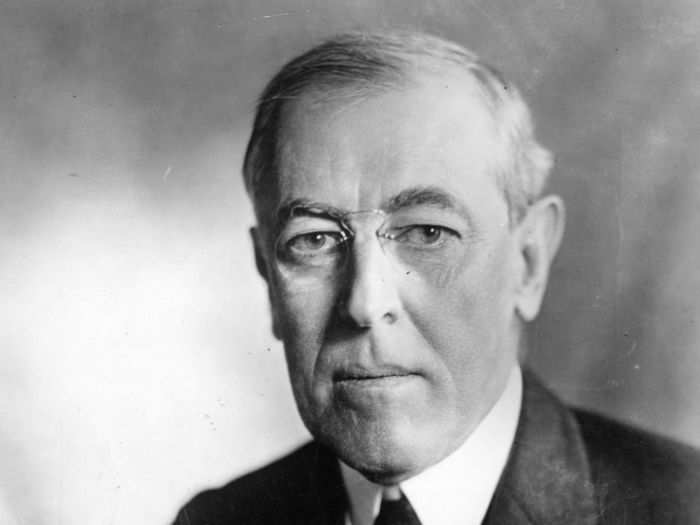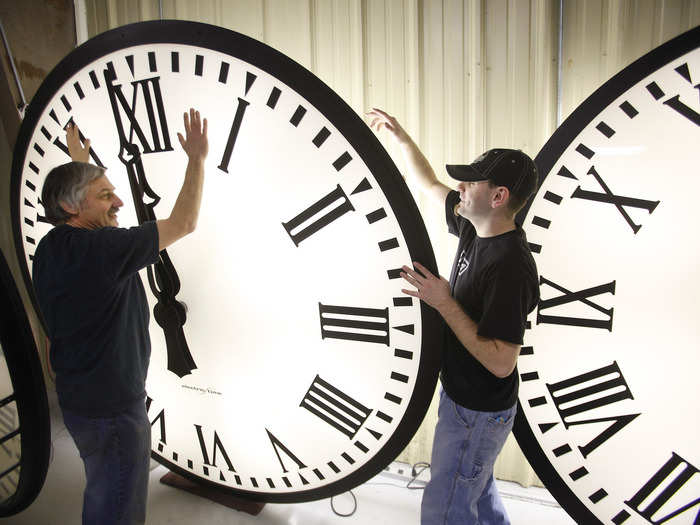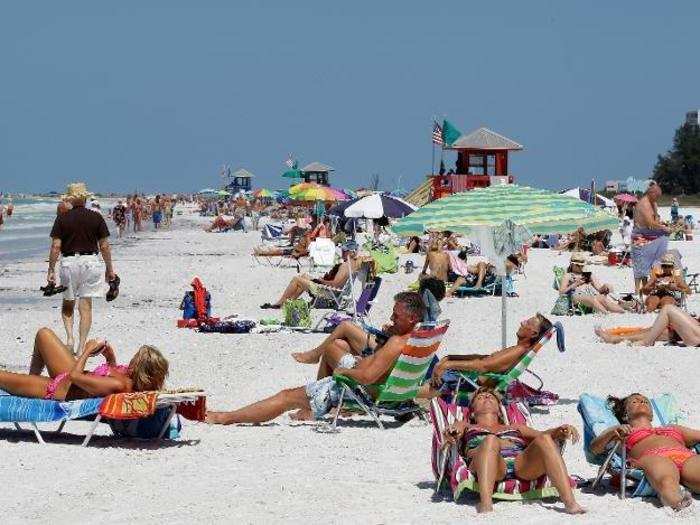While Britain didn't act on Willet's proposal at the time, Germany implemented daylight saving time during World War I as a way to converse electricity by maximizing sunlight.
“They remembered Willett’s idea of moving the clock forward and thus having more daylight during working hours,” author and historian David Prerau told National Geographic. “While the British were talking about it year after year, the Germans decided to do it more or less by fiat.”
The United States also implemented national daylight saving time during World War I under President Woodrow Wilson in 1918 —but Congress later repealed the measure in 1919.
It's a common misconception that farmers pushed for daylight saving in the United States to get more time to work outside in the fields.
Because farmers' schedules revolved around the sunlight and not the clock, a change in the amount of sunlight threw their entire workday out of whack. Agricultural groups were behind the effort to repeal daylight saving time in 1919.
After the national repeal of daylight savings time in 1919, many individual states and cities continued to adjust their clocks twice a year but at varying days and times, what Time magazine characterized in 1963 as "a chaos of clocks."
The History Channel reports that at the time, "passengers on a 35-mile bus ride from Steubenville, Ohio, to Moundsville, West Virginia, passed through seven time changes."
In 1966, Congress passed the Uniform Time Act, which set daylight saving time to begin the last Sunday in April and end the last Sunday in October.
Hawaii, most of Arizona, and a number of US territories do not, however, recognize daylight saving time — largely because night-time brings cooler, more bearable temperatures.
“In the summer, everybody loves to have an extra hour of daylight in the evening so they can stay out another hour,” Prerau told NatGeo. "In Arizona, it’s just the opposite. They don’t want more sunlight, they want less.”
But Florida, another state with year-round warm weather, passed a bill in 2018 observe daylight saving time year-round — as opposed to just six months out of the year.
Some studies have linked the decrease in sleep associated with daylight saving time to negative health impacts, such as increases in heart attacks, car accidents, and workplace injuries.
Lawmakers in several states including Pennsylvania, Texas, Washington, and Idaho have introduced legislation this year to end daylight saving time in their states.














